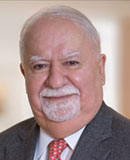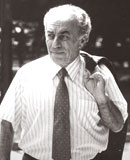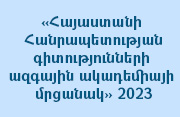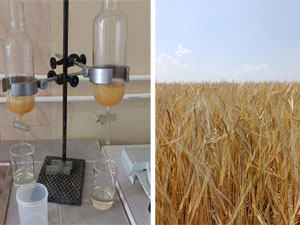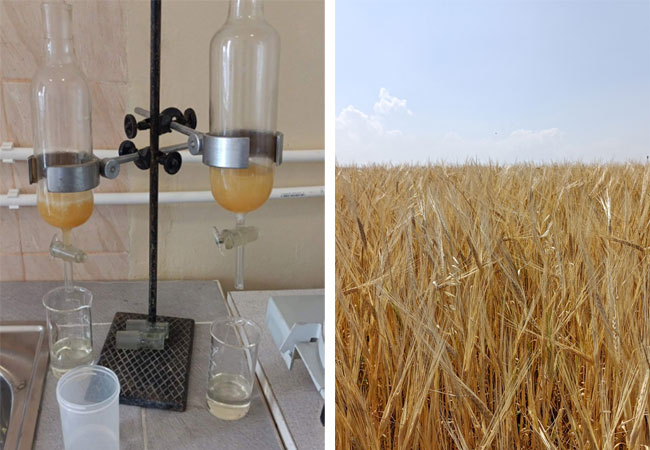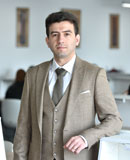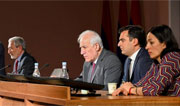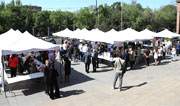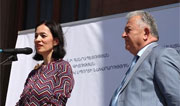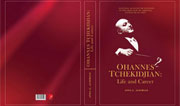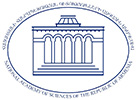 |
|||||||||||||||
|
|||||||||||||||
| General Page | About Academy | Divisions | Organizations | Members | Contact us |
|
|
|
 Science Development Foundation of NAS RA  All Armenian Foundation Financing Armenological Studies 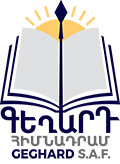 Geghard Scientific Analitical Fundation 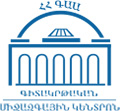 International Scientific Educational Center of NAS RA  Fundamental Scientific Library of NAS RA  International Commission for awarding Viktor Ambartsumian International Prize  Armenian National Information Point HORIZON 2020  EURAXESS-Armenia Portal   Academic Scientific Research Computer Network of Armenia |
Scientific Results
|
Notices
On April 23, 2024, at 10:30, the Annual General Meeting of NAS RA on the main results of the scientific and scientific-organizational activity of the National Academy of Sciences of the Republic of Armenia for 2023 will be held. The Annual General Meetings of the Divisions of Sciences will be held on April 22 at 10:00 The Institute of Physical Research of NAS of Armenia in collaboration with the IPR Armenia Optica Student Chapter have announced a photo contest entitled "Light through the Eyes of a Photographer" dedicated to the International Day of Light. The registration deadline for the competition is May 1 Ս.թ. ապրիլի 10-ին ժ. 15:00-ին ՀՀ ԳԱԱ նիստերի դահլիճում (Բաղրամյան պող., 24) տեղի կունենա սեմինարների շարքի երրորդ հանդիպումը՝ «Հավաքում ենք փաթիլ. ատոմներից դեպի մոլեկուլ և բյուրեղ» խորագրով: Որպես մոդերատոր հանդես կգա անվանի քիմիկոս, SKOLKOVO-ի գիտության և տեխնոլոգիաների ինստիտուտի պրոֆեսոր Արտեմ Օհանովը On April 1st 2024, a seminar on the topic "Magnetometry with nuclear spin-polarized 14N in NV centers in diamond" will be held at the conference hall of the RA NAS Presidium which will be presented by professor of the University of Latvia Marcis Auzinsh The Shirak Center for Armenological Studies of NAS RA is starting to publish the 1 (27) volume of the "Scientific Works" journal for 2024. Priority is given to articles in English and Russian. The deadline for receiving articles is March 1, 2024 Международный инновационный центр нанотехнологий СНГ (МИЦНТ СНГ) при поддержке Межгосударственного фонда гуманитарного сотрудничества государств - участников СНГ (МФГС) и Объединенного института ядерных исследований объявляет о проведении конкурса на соискание грантов на разработку проектов в рамках деятельности МИЦНТ СНГ в 2024 году и очередной Стажировки молодых ученых и специалистов стран СНГ в Дубне в апреле - мае 2024года ՀՀ գիտության և տեխնիկայի զարգացման 2020-2024թթ. գերակայության ՀՀ կառավարության որոշման նախագիծ Publications in Press
|
 |
Website last updated on: 17:32, 03/05/2024 |  |
|
General Page -
About Academy -
Divisions -
Organizations -
Members -
Contact us -
Structure -
COVID-19
|
|||||
|
© Copyright 1998-2024 All Rights Reserved. Website is created and supported by Academical Scientific Research Computer Network of Armenia (ASNET-AM) For any suggestions write to webmaster {[ at ]} sci.am |

![academy [@] sci.am academy [@] sci.am](images/email.jpg)








